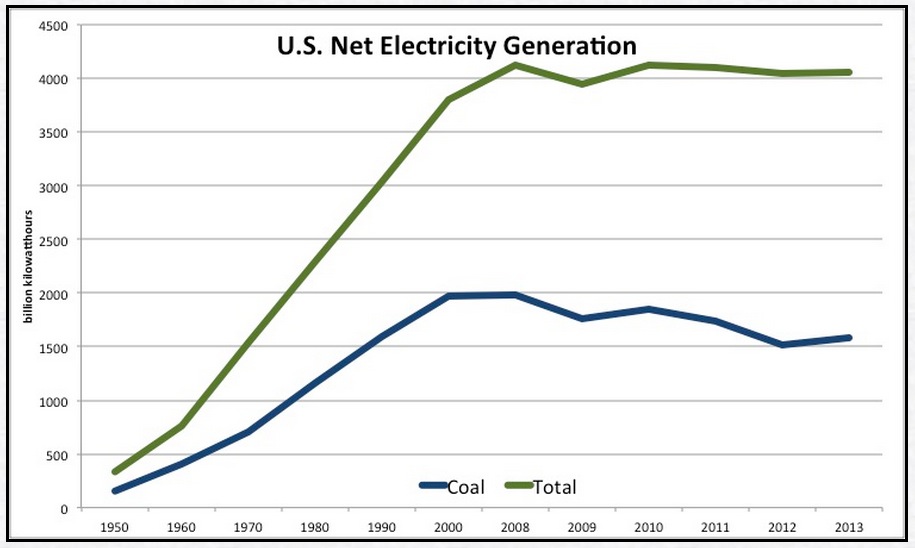ENERGY & POLICY INSTITUTE
Introduction
Ratepayers and customers have been led to believe that a power plant burning coal or natural gas is the cheapest form of electricity and therefore, should be prioritized over renewable energy generation. However, ratepayers are paying for more than the cost of the fossil fuel that is used to generate electricity. Utility customers pay for the cleanup of toxic spills and health costs associated with burning dirty energy sources. Furthermore, ratepayer’s money spent importing fossil fuels from other states causes unforeseen negative economic impacts when local renewable energy systems could provide economic benefits. Utilities have little economic incentive to reduce fuel costs since the cost of coal and natural gas are passed directly through to customers. Finally, customers ultimately pay for the impacts of climate change, including water scarcity, both of which are fueled and exacerbated by the burning of fossil fuels.
Some of these extra costs might be added to monthly electric bills in the form of added charges, also known as “trackers” or adjustments. But taxpayers pay for damages indirectly. Part Two of this Energy & Policy Institute series highlights these externalized costs and shows that when these very real “extra” costs are added, solar power is a clear economic winner when compared to power plants relying on the burning of coal and natural gas.
Background
After the Civil War in the United States, the network of railroads expanded causing both a significant increase in the demand for coal and allowing the transportation of coal from distant mines economical. By 1885, coal surpassed wood as the country’s primary energy source, and has since provided the largest percentage of America’s electricity portfolio while being one of the “cheapest” sources of electricity.
However, shale reserves, unlocked by fracking, have dramatically decreasednatural gas prices since 2008, resulting in fuel switching by utility companies. As a result, natural gas’ share of America’s power portfolio increased from 17 percent in 2008 to 27 percent in 2013 while coal’s percentage has decreased from 48 percent to 38 percent over the same period.
The change in the fossil fuel electricity landscape, specifically the outlook for coal, has caused Peabody Energy Corp., the world’s largest private-sector coal company, to hire Burson-Marsteller, one of the world’s largest PR firm, to launch an advertising campaign praising the virtues of coal energy for poor people in an effort to export their U.S. coal and “solve” the energy poverty crisis in parts of the world.
About the Energy & Policy Institute
www.energyandpolicy.org
The Energy & Policy Institute performs research and analysis on lobbyists, front groups, and politicians working to expand our reliance on fossil fuels and slow the development of a clean energy economy. Through our investigative research and strategic communications, we provide intelligence for the public and policy makers to ensure that we have an honest and transparent debate on energy policy.







 RSS Feed
RSS Feed